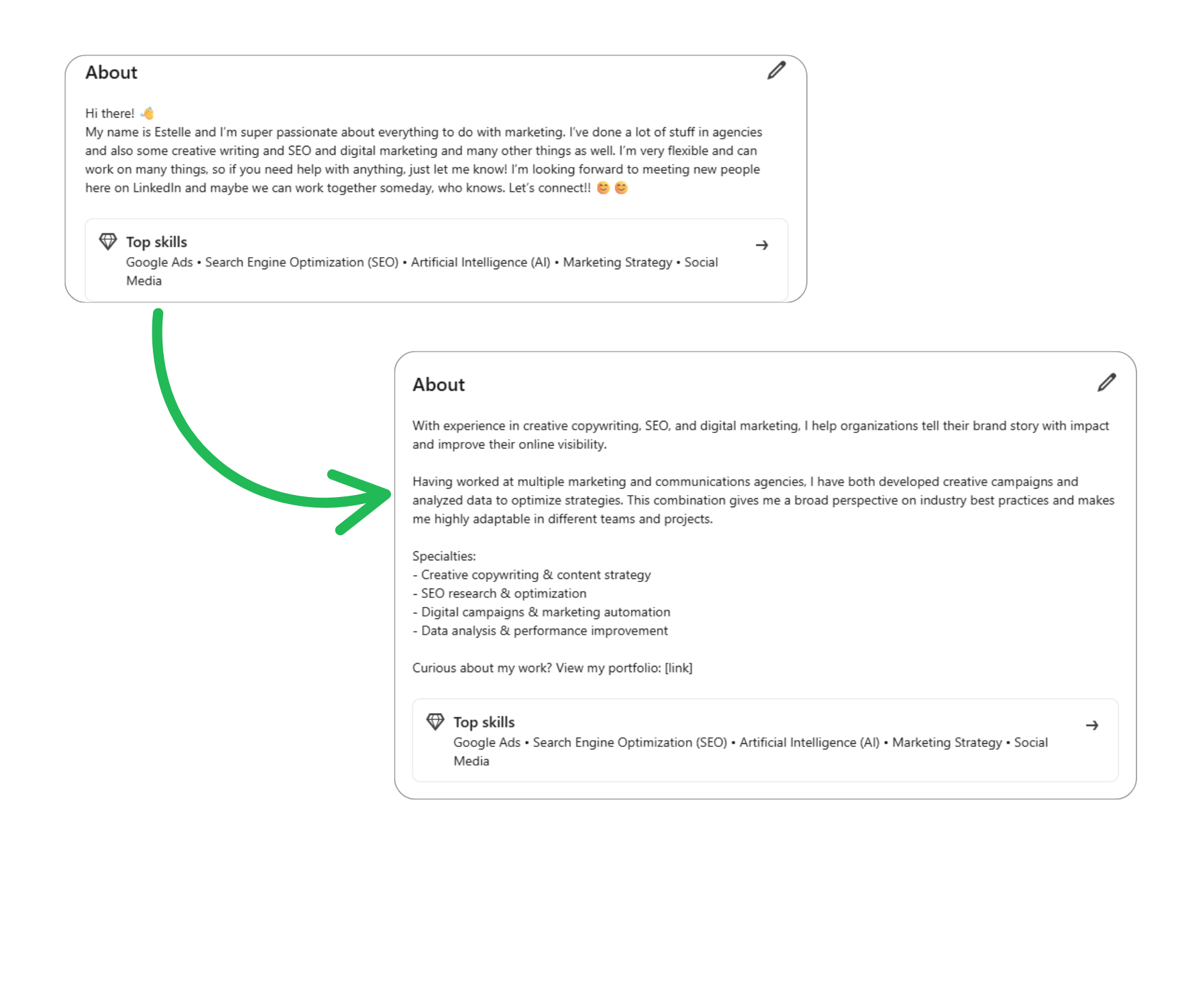How to Find Freelance Jobs in the Netherlands
Find freelance jobs by activating your network, optimizing your online profile, and actively responding to relevant opportunities.
New work doesn’t have to be a rarity. With the right foundations and a repeatable process, you can increase both your visibility and conversion. This guide gives you a practical, NL-specific playbook, from network and platforms to opportunities in the public sector.
Start with the basics: niche, pitch, and rate
Strong positioning makes everything else easier.
Choose a niche and your ideal client
Decide what you do and for whom. Examples: SEO specialist for e-commerce, AFAS Functional Application Manager for (semi)-public sector, BI analyst for healthcare. The clearer your niche, the easier you are to remember and refer.
Craft your one-liner and assemble a lightweight portfolio
Write a single sentence clients instantly understand: I help [audience] with [problem] by [service/approach]; result: [proof]. Back it up with two or three concise case snapshots (situation → approach → result). Screenshot dashboards, add a GitHub/Behance link, or export a one-page deck. Proof beats promises.
Set a market-aligned hourly rate (as a range)
Quote a range by assignment type (e.g., implementation vs. coaching). Your rate should tell a story: scarce skills, measurable results, and sector experience. Ranges reduce back-and-forth in the first call and protect you from under-pricing.
Get found more often via your network and social
Build a weekly networking cadence
Book two small, consistent actions per week: check in with a former colleague, DM a recruiter, join a community call, or ask for one warm intro. Track who refers you and which intros convert—then double down.
Optimise your LinkedIn profile for search and conversion
Make sure your headline and info include your role and specialization ("Scrum master | Agile coaching | SAFe"). Regularly share a mini-case study or tip. This increases your visibility and searchability.

Search smarter on freelance platforms
Good platforms save time, if you use them intentionally.
Filters, alerts, and speed
-
Create saved searches/alerts on job title, region, sector, and hybrid/remote.
Use filters to remove noise (industry, hours, language, security clearance).
-
Respond fast. Keep two tailored templates (public sector vs. commercial) and customise them per assignment.
Profile, cases, and recommendations
-
Complete your profile: skills, certifications, tools, language levels.
-
Showcase 2–3 cases with one metric each and 2–3 recommendations that mention outcomes.
-
Use plain, common titles—avoid internal, company-specific names that no one searches for.
Where to look
Besides open platforms (such as Striive), many intermediaries and clients have their own marketplaces. Create a shortlist tailored to your niche; test what works and evaluate it quarterly.
30-minute action checklist (do this today)
-
Sharpen your one-liner and set a rate range.
Update LinkedIn (headline with specialties; add 2 case snapshots to Featured).
-
Create 3–5 alerts on your preferred platform(s).
-
Prepare two proposal templates (public vs. commercial), with editable sections for scope and outcomes.
-
Request two fresh recommendations that mention a metric.
-
Block two hours per week for acquisition: search, apply, follow up.
Common mistakes (and fast fixes)
-
Positioning too broad > choose one or two niches and align cases/skills accordingly.
Slow responses to new postings >set alerts; keep templates ready; aim to respond within 24 hours.
-
Vague pricing > Fix: publish a clear range and explain what drives it (complexity, scarcity, compliance).
-
Incomplete public-sector submissions > Fix: read knock-out criteria first; maintain a compliance pack to speed up bids.
-
No review loop > Fix: quarterly channel review—what brought leads, what converted, what to drop, what to double.
Get moving with Striive
On Striive, we bring clients and professionals together with smart matching and a transparent process. You keep control, from selection to contract and payment, while increasing your visibility for assignments that actually fit.